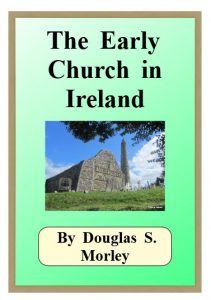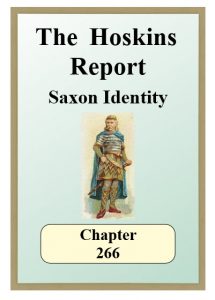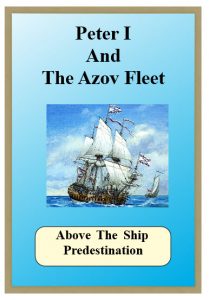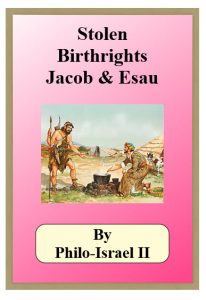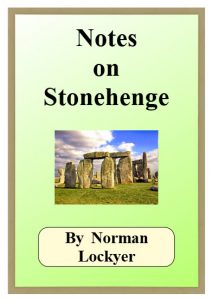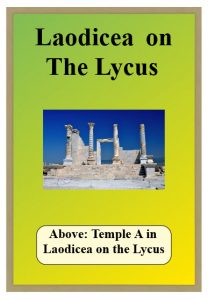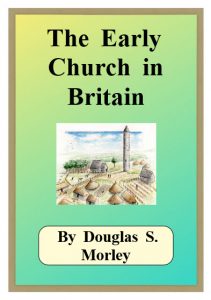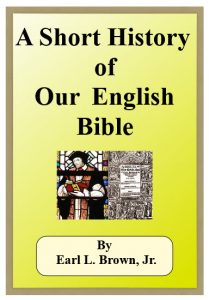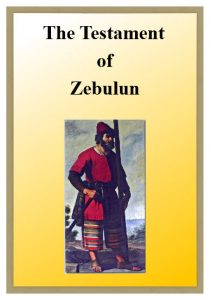IN THE ARTICLE “THE EARLY CHURCH IN BRITAIN” OF 30 SEPTEMBER 1992, on pages 6 and 7, the author referred to the report by Frederick Haberman, (Ref 1 p. 141), which tells of the twenty ninth chapter of Acts which is in the Turkish Archives at Istanbul.
Several paragraphs from the twenty ninth chapter of Acts give indications that St. Paul went to Britain. These are quoted below for conveniences:-
“And Paul, full of the blessings of Christ, and abounding in the Spirit, departed out of Rome, determining to go into Spain; for he had a long time purposed to journey thitherwards, and he was minded to go from thence into Britain. For he had heard in Phoenicia that certain of the children of Israel, about the time of the Assyrian captivity, had escaped by sea to the “isles afar off” as spoken by the prophet, and called by the Romans Britain”.
“And they departed out of Spain, and Paul and his company finding a ship in Armorica sailing into Britain, they went therein and passing along the south coast, they reached a port called Raphinus”.
“And on the morrow he came and stood on Mount Lud; and the people thronged at the gate, and assembled in the Broadway, and he preached Christ unto them,and many believed the word and the testimony of Jesus Christ”.
